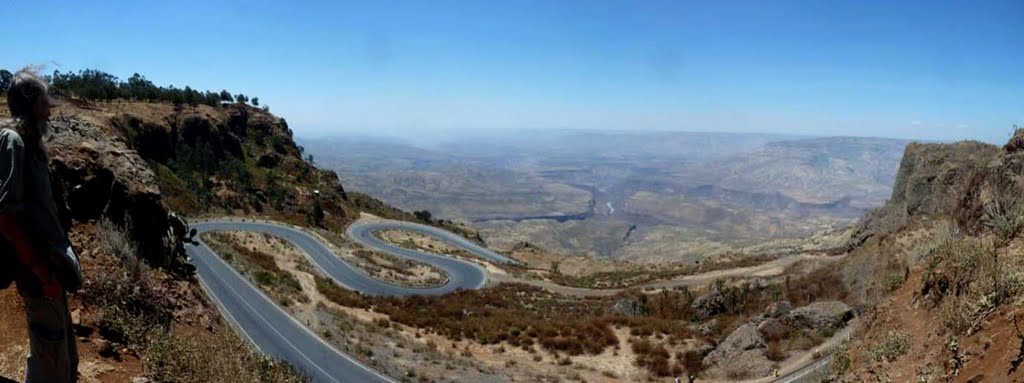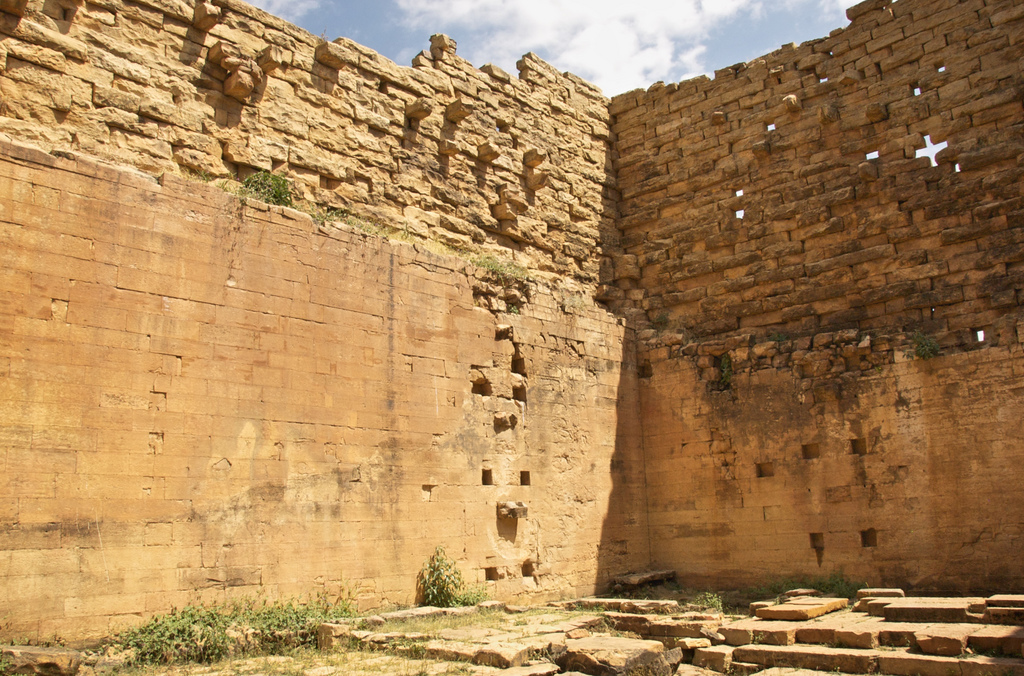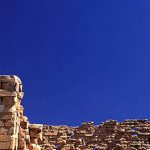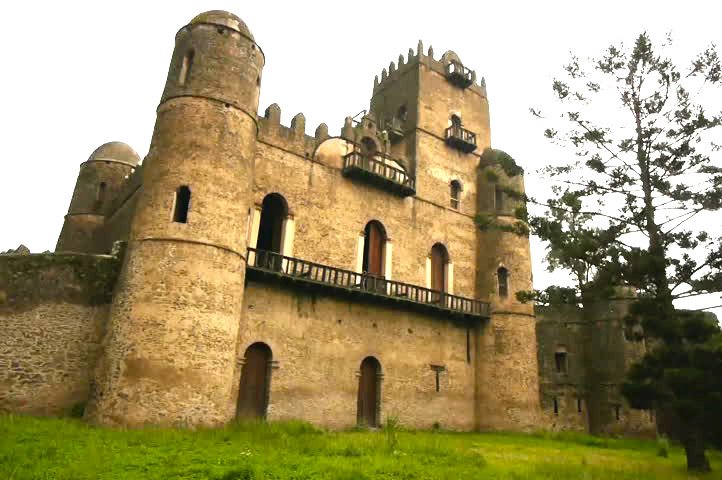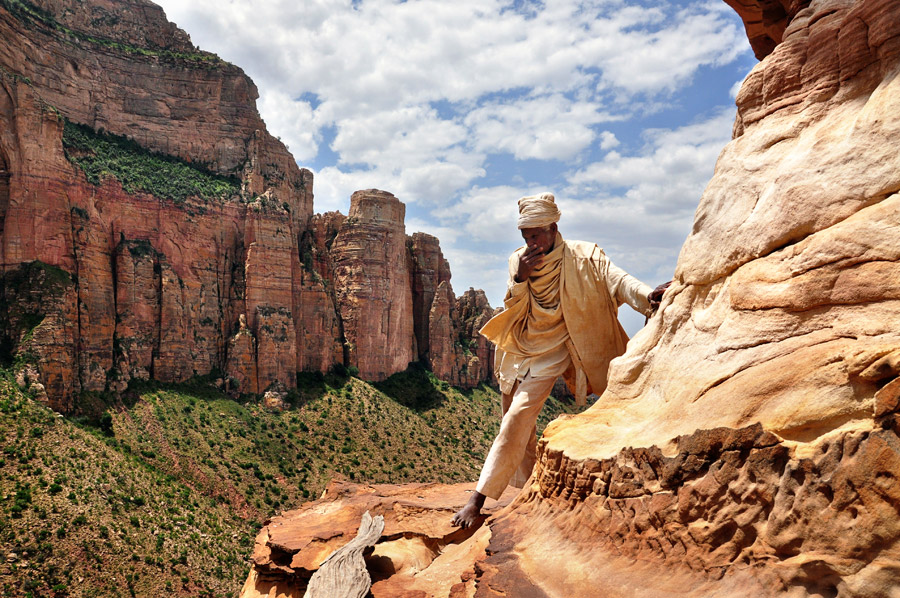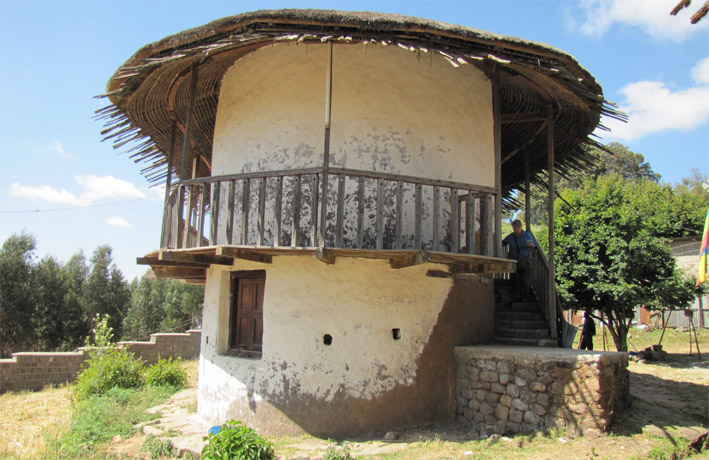Abijata-Shalla National Park
At about 215 kilometress from Addis Ababa, visitors will arrive at Abijata-Shala National Park main gate or “Lakes Park” which was once reputed as one of the bird watchers ground in Africa. It was 887 square.kilometress in area out of which 482 square.kilometress is covered by water of Lake Abijata and Shala. This park used to have about 31 species of mammals such as Spotted Hyena, Golden and Black Backed Jakals, Olive Baboon, Grant’s Gazelle, etc., and 367 species of birds. But currently due to devastated ecology and extreme decrease of Abijata Lake water, one can see only less concentration of flamingoes.
Before, myriad of local and exotic birds that come from Europe and different parts of the world used to congregate here in at Lake Abijata. July to September being the peak season of congregation (and best time to watch birds) in the year. Hundreds of thousands of Flamingoes and Great White Pelicans, Fish Eagles, King Fishers, the tall Marabou Stork, Cormorants and Darters, etc. used to roam here in Lake Abijata and in the side-by lake Shala. There were also vast colonies of sacred Ibis, Queela, Stilt, Snope Black Heron, Avocet, Egyptian Geeze, Eglets, Plovers, etc. It is quite unlikely however, to see most of the birds mentioned above while some species are seen in small number (seasonally), due to the same reason stated earlier.
Located at 215 kilometres from Addis Ababa the small enclosure varicocele hcg of Ostrich farm hosts a group of ostriches with some Grant’s Gazelles. At the park’s head quarter one can easily observe (watch) a flock of male and female ostriches and some gazelles. Lake Shala, which is separated to the south from lake Abijata by a strip of land has a delightful view for its deep blue color with excellent reflections of the magnificent western hills. At the north eastern shore of the lake Shala, one can be impressed by a tumbling cascade of hot springs and smoke of vapor that rush out down to the bay. This is typical investment potential for spa resort development and some investors are being attracted by this intact nature.
The other fascinating part of the lake is the Gike Site. It is situated on the lofty land at the south western shore of lake Shala. This is the best site for bird watching and camping. It is accessible by a sturdy car through Aware and Senbete towns found south of Shashamane. Lake Shala is also the ideal lake for water transportation to make touring around the tiny islands and for connecting its western and eastern shore.
South west of lake Shala, there is also a small alkaline crater lake known as lake Chittu. This small lake, more than any other lake, is the best site of bird watching, especially the flamingoes. Chittu is accessible by four wheel drive via Sambaté town.
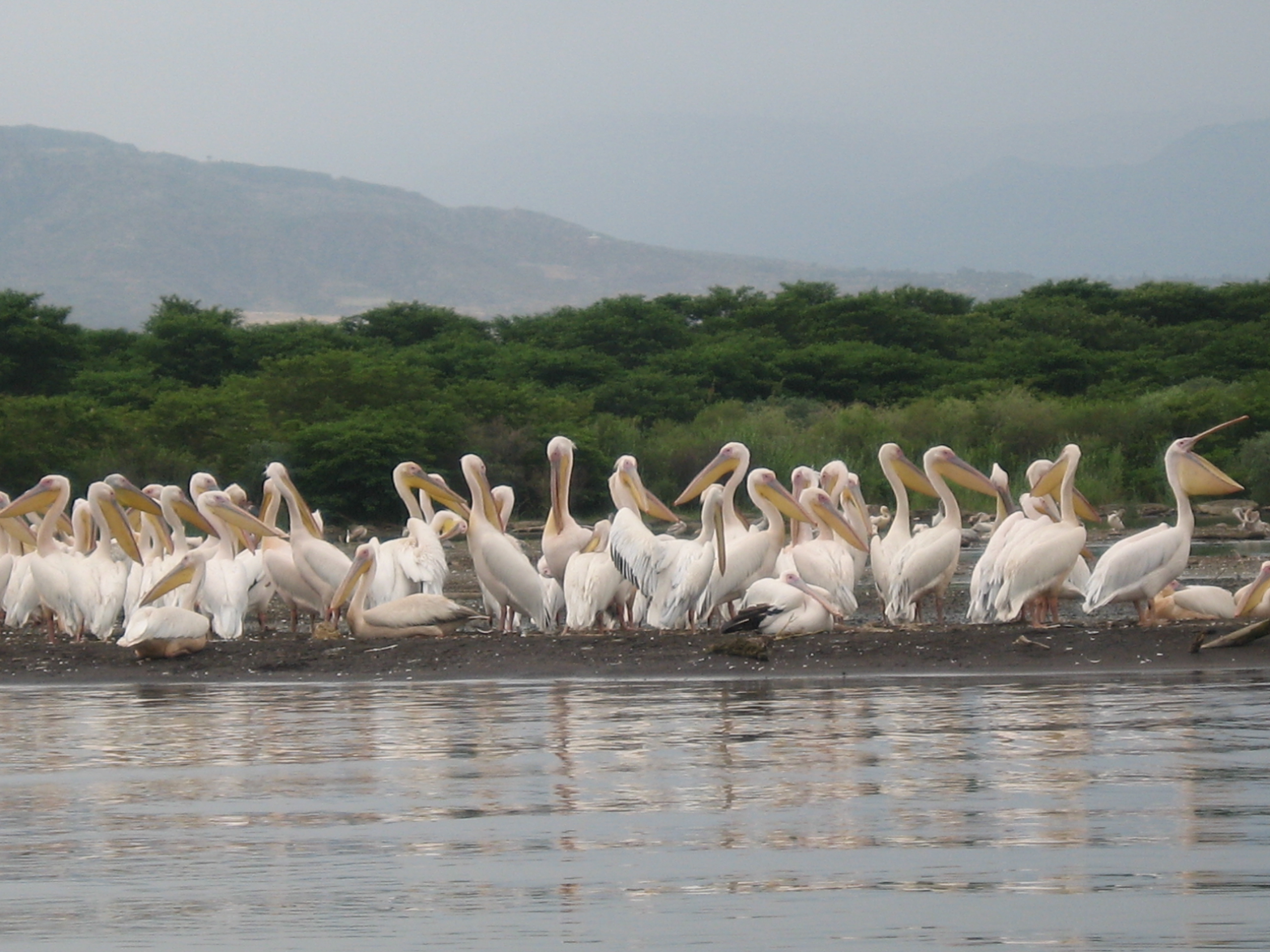
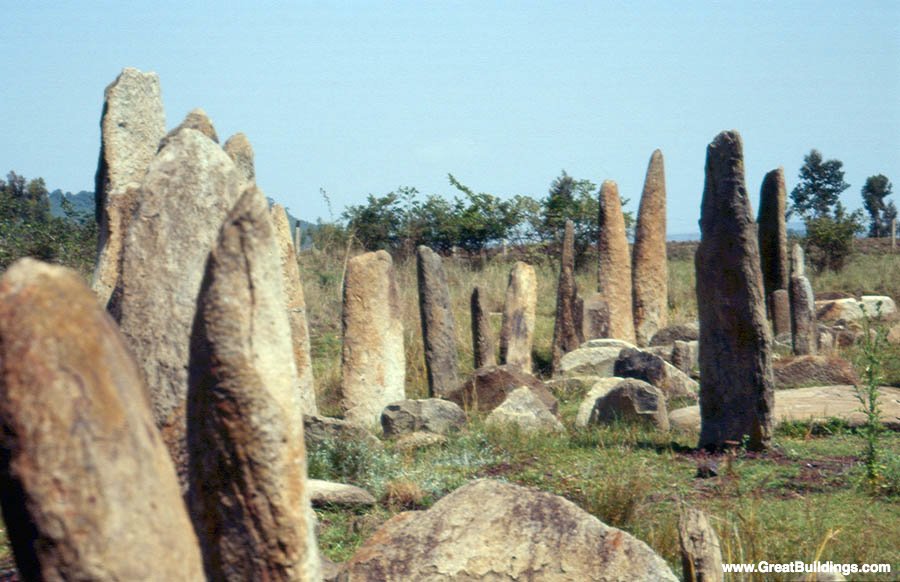
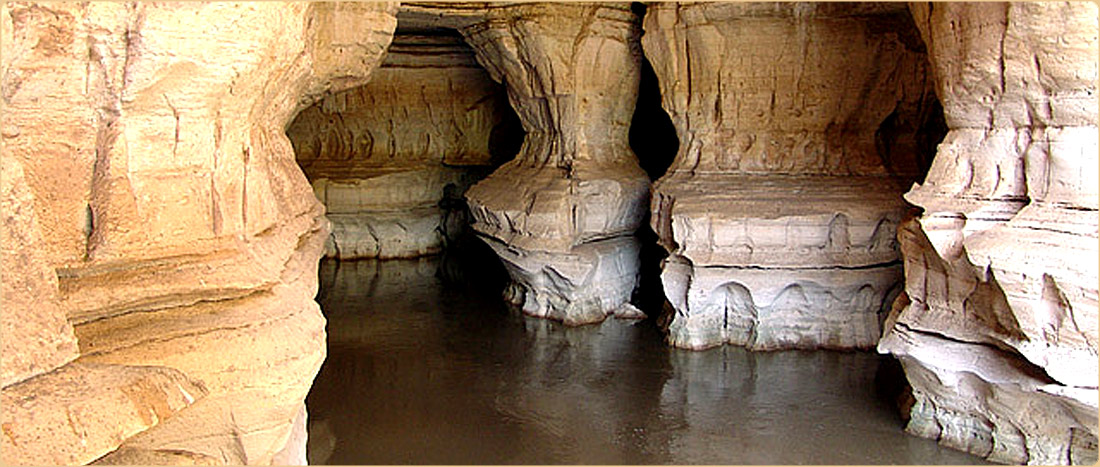

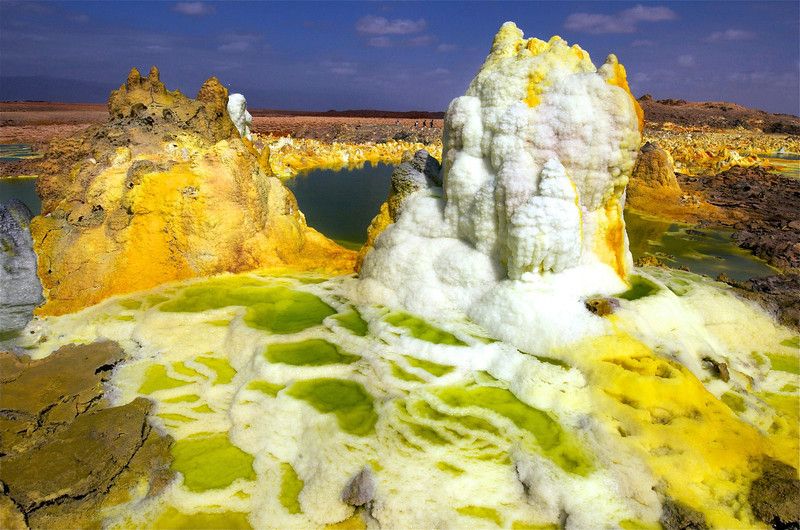
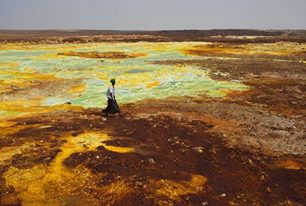 earth not covered by water. There are hot yellow sulfur fields among the sparkling white salt beds. Heat isn’t the only thing people feel in the Dallol Depression. Alarming earth tremors are frequently felt. There are also several active volcanoes. So just how hot is it at the Dallol Depression.
earth not covered by water. There are hot yellow sulfur fields among the sparkling white salt beds. Heat isn’t the only thing people feel in the Dallol Depression. Alarming earth tremors are frequently felt. There are also several active volcanoes. So just how hot is it at the Dallol Depression.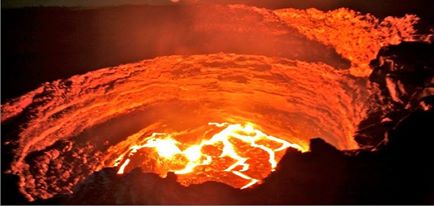 engaged in salt mining as the depression is covered with salt.
engaged in salt mining as the depression is covered with salt.